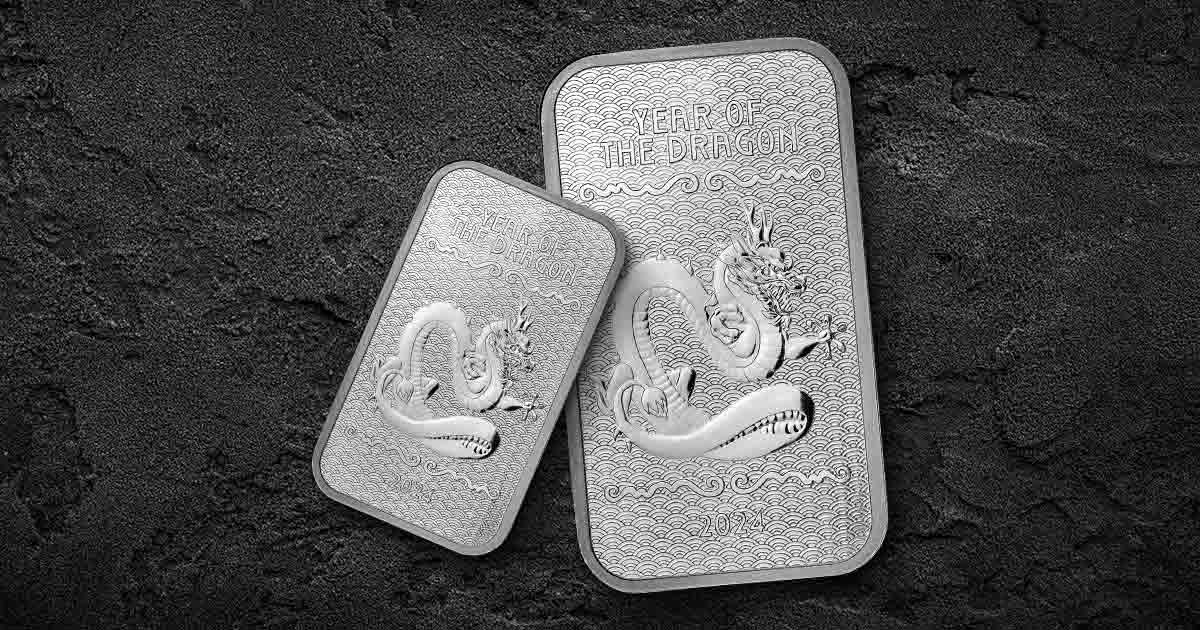
When you buy larger rounds and bars, you pay less per ounce than you do when you buy smaller bars and rounds.
The price of precious metals products is determined by more than just the weight of the metal. The expenses the manufacturer and dealer incur in mining, minting, and storing the metal are factored into the price.
If you compare smaller bars, like one-ounce bars, with ten-ounce bars, the higher cost per unit of the smaller bar represents a higher premium. This higher premium represents a fixed cost to produce a round or bar, regardless of the size of the product.
Since this is a fixed cost, the premium per unit is lower for rounds and bars with more units.
What Determines the Premium of a Precious Metals Product?
When you buy a gold or silver product, you pay more than the current spot price for the metal.
The cost of a precious metal product depends on factors like the spot price, market demand, the amount of precious metal in the product, and the product’s production cost. We refer to the amount over the live spot price of gold or silver as the premium.
The premium reflects production costs and the demand for an item.
The production cost represents mining, refining, minting, transporting, and storing a product before it is sold and shipped. Unique bars and rounds, or those requiring special dies, may carry a higher premium since the production workflow represents high production efforts.
Bars and rounds with a higher quantity of precious metal are less expensive per ounce because their production costs are proportionately lower than smaller bars and rounds.
In addition to production costs, demand can also drive the premium. With increased demand comes increased scarcity, which is one of the driving forces of the expenses for precious metals.
Other Factors That Impact the Premium of a Precious Metal Product
Smaller bars are often more popular for buying than larger bars, which adds gravity to the premium of smaller products.
Another factor that can impact the premium on a precious metals product is the bar’s or round’s manufacturer.
Bars and rounds produced by well-known manufacturers are often in greater demand than those not, and some buyers may consider these well-known products to be higher quality. While they may have the same amount of precious metals with the same level of fineness, their demand results in greater scarcity, which can also impact the premium.
A great way to reduce the premium you pay on your precious metals is to purchase APMEX’s trusted secondary market options. These offer slightly lower premiums compared to brand new gold and silver products. For example, our 100 ounce secondary market silver bars are a popular way to help you maximize your investment.




